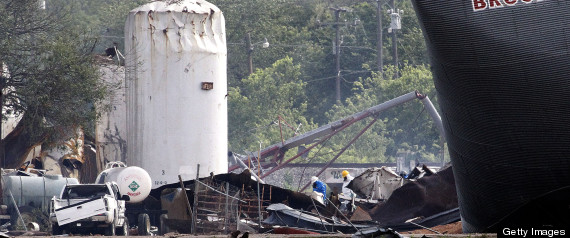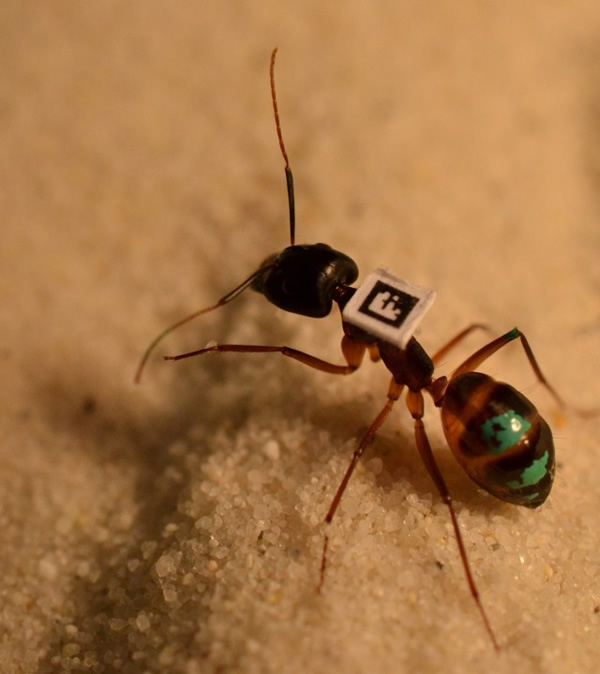 Yes by all means ...
Yes by all means ...
Carolina Naturally is read in 191 countries around the world daily.
Celebrate your Mother! ...
Today is Mother Earth Day
Don't forget to visit our sister blog!
 Yes by all means ...
Yes by all means ...| 296 | St. Gaius ends his reign as Catholic Pope. | |
| 536 | St. Agapitus I ends his reign as Catholic Pope. | |
| 1500 | Pedro Alvarez Cabral discovers Brazil. | |
| 1509 | Henry VIII ascends to the throne of England upon the death of his father, Henry VII. | |
| 1529 | Spain and Portugal divide the eastern hemisphere in the Treaty of Saragosa. | |
| 1745 | The Peace of Fussen is signed. | |
| 1792 | President George Washington proclaims American neutrality in the war in Europe. | |
| 1861 | Robert E. Lee is named commander of Virginia forces. | |
| 1889 | The Oklahoma land rush officially starts at noon as thousands of Americans race for new, unclaimed land. | |
| 1898 | In the first action of the Spanish-American War, the USS Nashville, takes on a Spanish ship. | |
| 1915 | At the Second Battle of Ypres, the Germans use poison gas for the first time. | |
| 1918 | British naval forces attempt to sink block-ships in the German U-boat bases at the Battle of Zeeburgge. | |
| 1931 | Egypt signs treaty of friendship with Iraq. | |
| 1944 | Allies launch major attack against the Japanese in Hollandia, New Guinea. | |
| 1954 | The Senate Army-McCarthy hearings begin. They are broadcast on television. | |
| 1955 | Congress orders all U.S. coins to bear the motto "In God We Trust." | |
| 1976 | Barbara Walters becomes the first female nightly news anchor on network television. | |
| 1995 | In Africa, Rwandan troops kill thousands of Hutu refugees in Kibeho. |

"...The globally-averaged temperature across the world's land and ocean surfaces was 0.58°C (1.04°F) above the 20th century average of 12.7°C (54.9°F), tying with 2006 as the 10th warmest March since records began in 1880. Both the Northern and Southern Hemispheres were also 10th warmest for March..."Data from the National Climactic Data Center






 Raising
a baby means getting advice from those who supposedly know more than
you do -and in the 19th century, there were no shortage of experts to
sell you a book. But even the most commonly-followed advice seems
strange to us now.
Raising
a baby means getting advice from those who supposedly know more than
you do -and in the 19th century, there were no shortage of experts to
sell you a book. But even the most commonly-followed advice seems
strange to us now.From the day of birth, schedules and strict discipline were of deep importance. This baby was to interfere as little as possible with your life. Affection was to be restricted, with care instructions more fitting a ficus than a child. From 1916's The Mother and her Child by Drs. Lena and William Sadler: "Handle the baby as little as possible. Turn it occasionally from side to side, feed it, change it, keep it warm, and let it alone; crying is absolutely essential to the development of good strong lungs. A baby should cry vigorously several times each day."That appears cruel and unnecessary to us today, but if you dig a little deeper, there are reasons that they seemed like a good idea at the time. An article at the Atlantic tells the reasons why such advice might not have been "stupid" after all. More
As the child grew, regulated contact could be tolerated. "At the age of two weeks, the child may be systematically carried about in the arms 2 to 3 times a day, as a means of furnishing additional change in position," is the precise advice of Dr. JP Crozer Griffith in 1900.

Of course, the system was far from foolproof; many of the trials were easily manipulated by the administering judges (or priests) to “prove” a verdict that they thought was correct. Still, some authors, such as George Mason University economist Peter Leeson, say that in a society that unflinchingly believes in the efficacy of these trials, the ordeals and ordealists would have resulted in the “correct” verdict more often than not. After all, if a person was guilty, but believed that the trials always showed the truth, they’d be unlikely to be willing to undergo them—the punishment for pleading guilty was almost always far more lenient than the punishment for being “shown” to be guilty under trial by ordeal.There were many different ordeals used to separate the innocent from the guilty -burning, poisoning, drowning, torture- and specific procedures for each that you can read about here.
60 years ago on that very spot was Building 67, a two-story barracks, that in 1953 and 1954 served as CIA field headquarters for the covert operation that overthrew leftist Guatemalan President Jacobo Arbenz. It was there that several senior CIA officers labored for months organizing the intricate logistical details of PBSUCCESS, the code name for the anti-Arbenz operation. Among the officers who worked at Building 67 was E. Howard Hunt, who later went on to help engineer the 1972 Watergate burglary as one of the White House plumbers. What happened at Building 67 was known at the time only to a very small circle of people, but the impact of the 1953-54 operation dramatically altered the history of South Florida and the United States.Well, yes, and not to mention the history of Guatemala. The operation set off a series of catastrophic events that still affect the country today. I'm blogging this from Guatemala, where the genocide trial of former de facto dictator and ex-general Rios Montt is now in its second month. Montt was supported by and trained in the US. The successful overthrow of Arbenz from this clandestine Florida site emboldened the CIA "to try a similar operation, though on a larger scale, at Cuba’s Bay of Pigs." Read more here. And there is video here.

Beardshaw, a familiar face on BBC2's Gardener's World over the years, said using rock music as a nutrient appeared to create larger flowers. Although the plants themselves were shorter, they were more disease-resistant.
The test came about because one of his horticultural students wanted to write a dissertation on the effects of music on plants.
"We set up four glasshouses with different sorts of music in to see what happened to the plants," Beardshaw said.
"We had one that was silent - that was a control house - and we had one that was played classical music, we had one that was played Cliff Richard and we had one that was played Black Sabbath.
"And the ones with Black Sabbath - great big, thumping noise, rowdy music - they were the shortest, but they had the best flowers and the best resistance to pest and disease.

Found only in Australia, all 28 species of grass trees are perennial, slow-growing plants belonging to the ancient genus Xanthorrhoea. Some species produce aboveground trunks, while others do not. A grass tree’s trunk is a cylinder formed from tightly packed leaf bases... The leaves of grass trees with trunks obtain water and nutrients via aerial roots that pass down through the open core of the trunk to the ground... Bushfires blacken the trunks of grass trees, but don’t kill the plants. Like many species of eucalyptus trees, grass trees possess highly resinous leaves and exist in an intimate relationship with fire, depending on it for their survival. Flowering is stimulated by fire.


Not surprisingly, the researchers found out that ants divide and conquer. They found three main groups of workers—one tends the young, another forages for food, and a third keeps the nest clean. Other studies have documented this segregation of labor before, but Mersch et al wanted to figure out how the ants know which groups they belong to. [...]Kate Prengaman of Ars Technica has the post: Here.
These researchers suspected that age might play a role in the division of labor, but it’s not easy to figure out how old an ant is. Instead, the researchers spent 60 weeks in advance of the experiment tagging the ants as they emerged from their pupal state—each week got its own color code.
Analyzing the color codes, they found that younger ants were more likely to work nursing the young, and older ants were more likely to be foragers. In general, they watched ants transition from nursing to cleaning to foraging as they age, but there’s a lot of individual variation in how quickly these transitions took place.


